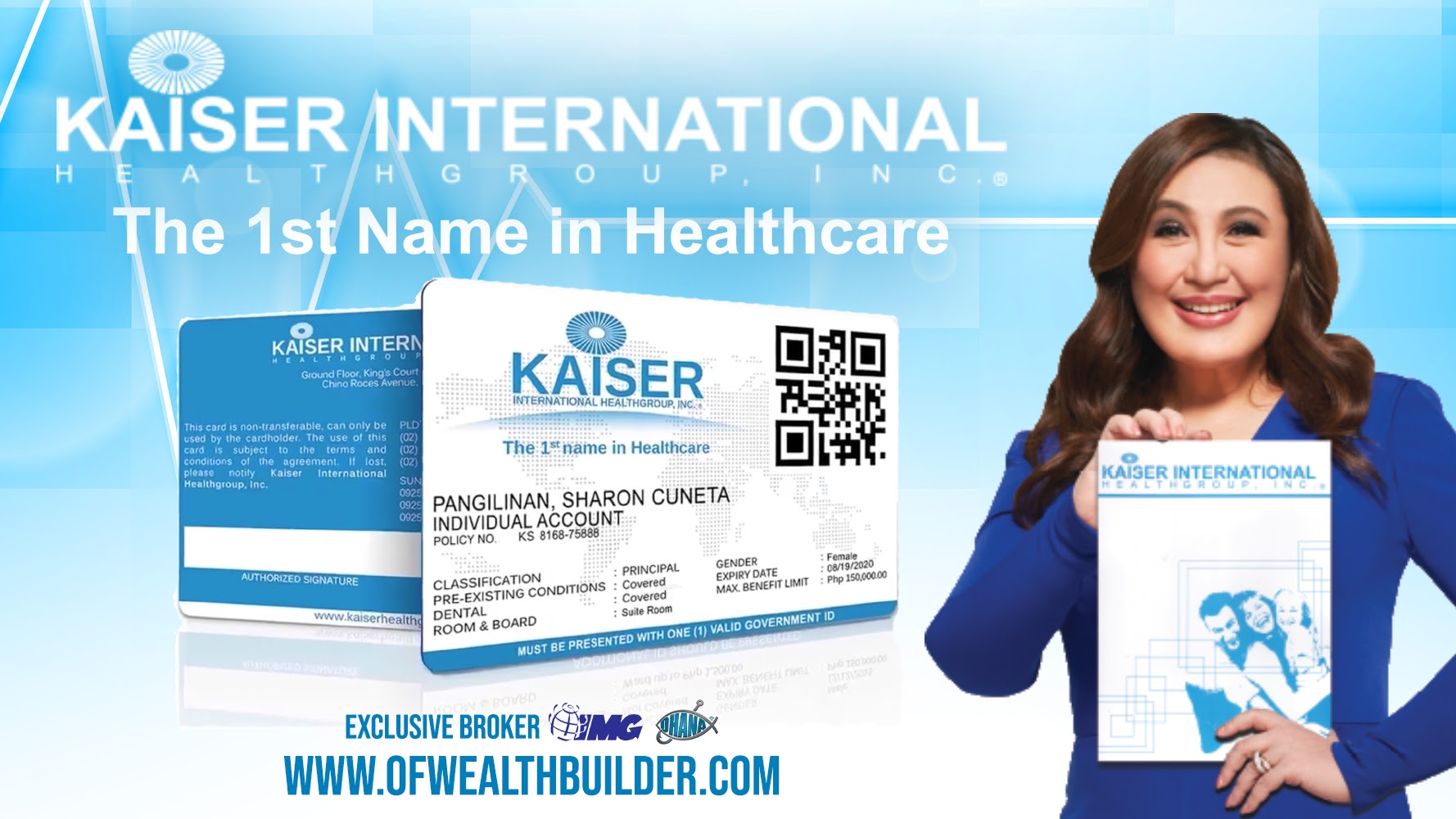Kaiser Permanente is one of the largest not-for-profit health plans in the United States, providing both healthcare services and insurance coverage to over 12 million members. At the core of Kaiser’s offerings are its Health Maintenance Organization (HMO) plans, which rely on a closed network of doctors, hospitals, and other facilities owned and operated by Kaiser itself. This integrated system allows Kaiser to coordinate care across providers more seamlessly.
Unlike traditional insurance companies, Kaiser both insures members and directly delivers medical services at its own hospitals and clinics. This gives Kaiser greater control over healthcare costs through preventative care and improved chronic disease management. However, it also means that coverage is limited to Kaiser’s own facilities and network.
Kaiser Permanente’s Coverage of Urgent Care
Urgent care centers play a vital role in the healthcare system by providing immediate outpatient care for injuries or illnesses that require prompt attention but are not life-threatening emergencies warranting an emergency room visit. As a leading health system, Kaiser Permanente recognizes the importance of urgent care and incorporates coverage into most of its plans.
Emergency and Urgent Care Coverage
Kaiser members enjoy emergency and urgent care coverage whether traveling domestically or internationally. However, specific coverage details can vary:
- Emergency Care: Covered worldwide with no prior approval required. However, out-of-network emergency care may carry higher out-of-pocket costs.
- In-Network Urgent Care: Fully covered at Kaiser’s own urgent care facilities with a $5 copay per visit. No referrals or authorizations needed.
- Out-of-Network Urgent Care: Covered when temporarily outside Kaiser’s service area. However, patients may need to pay upfront and file a claim later for reimbursement. Reimbursement rates depend on plan details.
Verifying Coverage
Patients should always verify coverage details with Kaiser before visiting an external urgent care facility to avoid surprise medical bills. Kaiser coverage must be confirmed by the regional entity that authorizes services for that member. Do not assume coverage based solely on a Kaiser member ID card. As a provider, you are advised to verify eligibility for all Kaiser members seeking care.
The Benefits of Using Urgent Care
Urgent care centers have distinct advantages over emergency rooms:
- Shorter Wait Times: According to the Urgent Care Association, most urgent care centers can see patients within 30 minutes. The average total visit lasts under an hour. ER waits can be exponentially longer depending on case volumes.
- Lower Costs: The average urgent care visit costs $190, while the average ER visit costs $2,500. For simple procedures like stitches or X-rays, urgent care can save hundreds of dollars.
- Extended Hours: Urgent care centers are open late nights, weekends and holidays when most primary care offices are closed. This makes them ideal for minor illnesses that cannot wait.
- Wide Range of Services: Urgent cares treat issues requiring timely attention like infections, fever, asthma attacks, fractures and lacerations. They also perform lab tests and imaging services on-site.
Urgent care alleviates pressure on overcrowded ERs to focus resources on the most critical patients. However, for potentially life-threatening symptoms, the ER remains the safest choice. Call 911 or go straight to the closest hospital in emergencies.
Choosing the Right Urgent Care Center
When selecting an urgent care facility, consider the following:
- Insurance Coverage: Confirm the center accepts your Kaiser insurance plan.
- Location and Hours: Pick somewhere close by with extended hours for convenience.
- Services Offered: Seek out centers with on-site X-rays, lab work and specialty services if needed.
- Online Check-In: Many centers now allow you to save your place in line through online check-in before arriving.
- Wait Time Data: Google the average wait times for nearby centers to identify the quickest options.
Doing some quick research beforehand ensures you end up at the right place to match your medical situation, saving precious time and money.
Urgent Care Costs with Kaiser Insurance
Out-of-pocket expenses at urgent care centers for Kaiser members include:
- Copays: A flat fee per visit, often $5 to $50 depending on your plan.
- Coinsurance: Your share of the total charges, often 10%-30%.
- Deductibles: An upfront amount you pay before coverage kicks in, typically $100 to $500.
Always consult your Kaiser Evidence of Coverage for exact details on copays, coinsurance rates and deductible amounts before seeking care. This avoids unexpected bills.
Conclusion
Kaiser Permanente incorporates urgent care thoughtfully into its offerings for members needing immediate attention for non-emergencies. Combining Kaiser’s preventative care model with urgent care access allows patients to receive the right level of care at the right place and time. Leveraging both primary care and urgent care appropriately makes for an effective healthcare experience.
Frequently Asked Questions
What is the difference between urgent care and emergency rooms?
Urgent care centers treat injuries or illnesses requiring prompt care but not intensive emergency interventions. Emergency rooms focus on critical, life-threatening medical crises involving severe pain, impairment or dysfunction.
How do I pick the best urgent care center that takes my Kaiser insurance?
Check that the facility is in-network, conveniently located close to your home or work, has short wait times and offers on-site x-rays or lab work if required. Also see if they allow you to save a place in line online before arriving.
What costs can I expect for an urgent care visit with Kaiser insurance?
Typical out-of-pocket expenses include set copay fees per visit (often $5-$50), plus your share of the total charges (10-30% coinsurance). You may also need to pay an upfront deductible amount before coverage applies. Check your Kaiser plan details for specifics.
